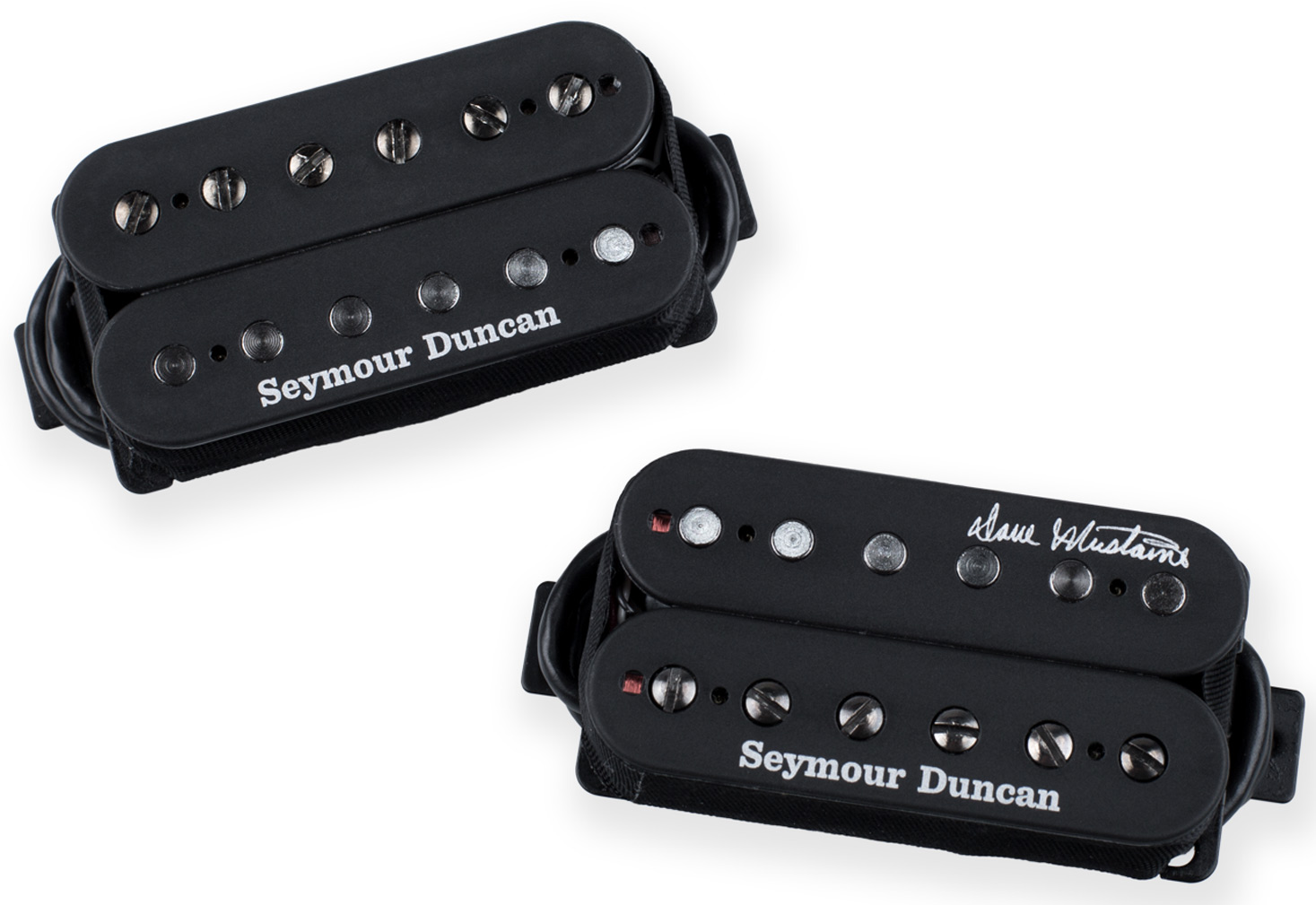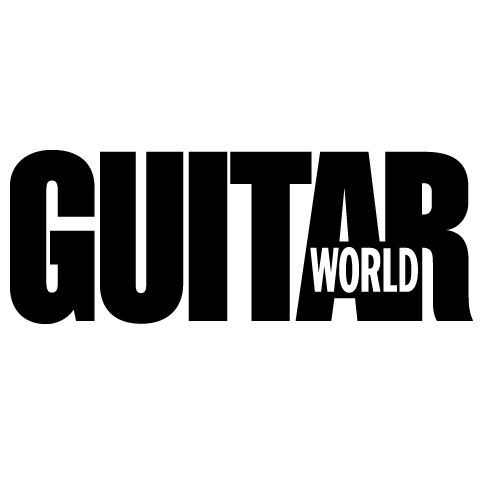Seymour Duncan Releases Dave Mustaine Signature Thrash Factor Humbucker

Seymour Duncan has announced the release of its new Dave Mustaine Signature Thrash Factor humbucker. According to press materials issued by the company today, the pickup recreates the unique tone of Mustaine’s favorite Seymour Duncan JB, which was used to record some of Megadeth's most iconic music.
In 1990, Megadeth released their landmark fourth album, Rust in Peace. Its breakneck rhythms, intricate arrangements, shifting time signatures and blazing dual lead guitar lines showcased the band’s mastery of their craft. During the recording of the album, Mustaine relied heavily on one guitar in particular—an ex loaded with a Seymour Duncan JB in the bridge and a 59 model in the neck.
According to Mustaine, that JB had a tone that that was different from an "off the shelf" JB, and it had become part of his signature sound.
Seymour Duncan worked closely with Mustaine to recreate the tone and feel of his favorite JB, ultimately altering the winding process in order to achieve the tone he was looking for. Compared to the standard JB model, the Thrash Factor’s low end is tighter, the mids are slightly scooped and the highs are more aggressive.
"Thrash Factor re-creates the tone of the original Dave Mustaine King V1, the first 24-fret fire-breathing monster," Mustaine says.
The Dave Mustaine Signature Thrash Factor is hand built in Santa Barbara, California. A set costs $199. This signature series comes in multiple options, including:
- » Black
- » Custom Color
- » Set
- » Bridge/Neck
- » Trembucker
For more information, check out the video above and step right this way.
Get The Pick Newsletter
All the latest guitar news, interviews, lessons, reviews, deals and more, direct to your inbox!
Since 1980, Guitar World has been the ultimate resource for guitarists. Whether you want to learn the techniques employed by your guitar heroes, read about their latest projects or simply need to know which guitar is the right one to buy, Guitar World is the place to look.
“Classic aesthetics with cutting-edge technology”: Are Seymour Duncan's new Jazzmaster Silencers the ultimate Jazzmaster pickups?
“We’re all looking for new inspiration. Some of us have been playing humbuckers for a long, long time”: Are we witnessing a P-90 renaissance? Warren Haynes has his say










